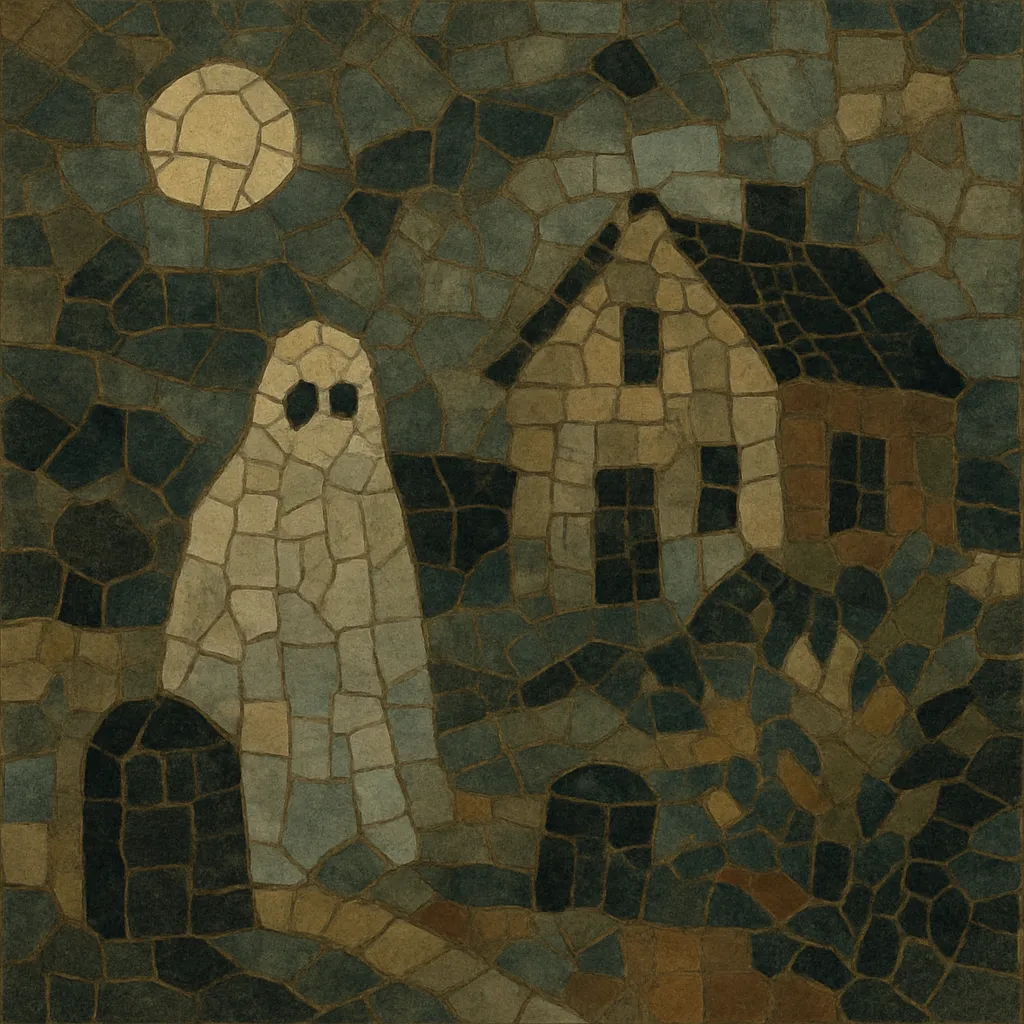
Hauntology is a retro-futurist strain of experimental electronic music that evokes the "ghosts" of lost cultural futures. Emerging in the United Kingdom in the mid‑2000s, it draws on half-remembered media—library music, public information films, children’s TV idents, and Radiophonic textures—to produce an atmosphere of eerie nostalgia and cultural memory.
Sonically, the style favors degraded media and analogue patina: vinyl crackle, tape hiss, wow and flutter, and dusty archival samples. It often pairs subdued drones and detuned synths with looped fragments, sparse percussion, and unresolved harmonies to create a feeling that is at once comforting and unsettling.
The term originates in Jacques Derrida’s philosophy and was popularized in a musical context by critics such as Mark Fisher and Simon Reynolds. In music, it names both a sound palette and a way of listening that foregrounds memory, media archaeology, and the uncanny persistence of the past within the present.
The musical hauntology impulse coalesced in the United Kingdom during the mid‑2000s, shaped by critics’ reflections on nostalgia, memory, and "lost futures." While 1990s artists like Boards of Canada anticipated the mood with bleached, retro-toned electronics, the concept crystallized around labels and artists who explicitly mined archival British media. Mark Fisher’s writings (including "Ghosts of My Life") and Simon Reynolds’ journalism gave the tendency a name and a critical framework.
Ghost Box Records (founded 2004) became the scene’s anchor, with projects like Belbury Poly, The Advisory Circle, and The Focus Group channeling library music, Radiophonic Workshop textures, and 1970s media ephemera. Broadcast’s collaboration with The Focus Group on "Broadcast and The Focus Group Investigate Witch Cults of the Radio Age" (2009) was a landmark, fusing psych-pop and collage. In parallel, The Caretaker (Leyland Kirby) pursued memory erosion and ballroom-haunting loops, culminating in widely noted releases such as "An Empty Bliss Beyond This World" (2011).
Through the 2010s, the palette broadened: Pye Corner Audio explored woozy synth melancholia; Moon Wiring Club and Mordant Music leaned into sampledelic collage and British media hauntings; Howlround emphasized tape-loop materiality. The approach influenced adjacent Internet-native microgenres and rekindled interest in media archaeology, analogue gear, and degraded formats as creative tools.
In the 2020s, hauntology’s techniques and themes continue to permeate experimental electronic music and online microgenres. Its emphasis on cultural memory, analogue imperfection, and uncanny nostalgia resonates across vaporwave-adjacent scenes and newer retro-futurist currents, ensuring the "ghosts" keep returning in new forms.
Decide which "lost future" or half-remembered media world you want to evoke (e.g., 1960s–70s educational films, library music, idents). Let that concept guide sound sources, harmony, and pacing.

